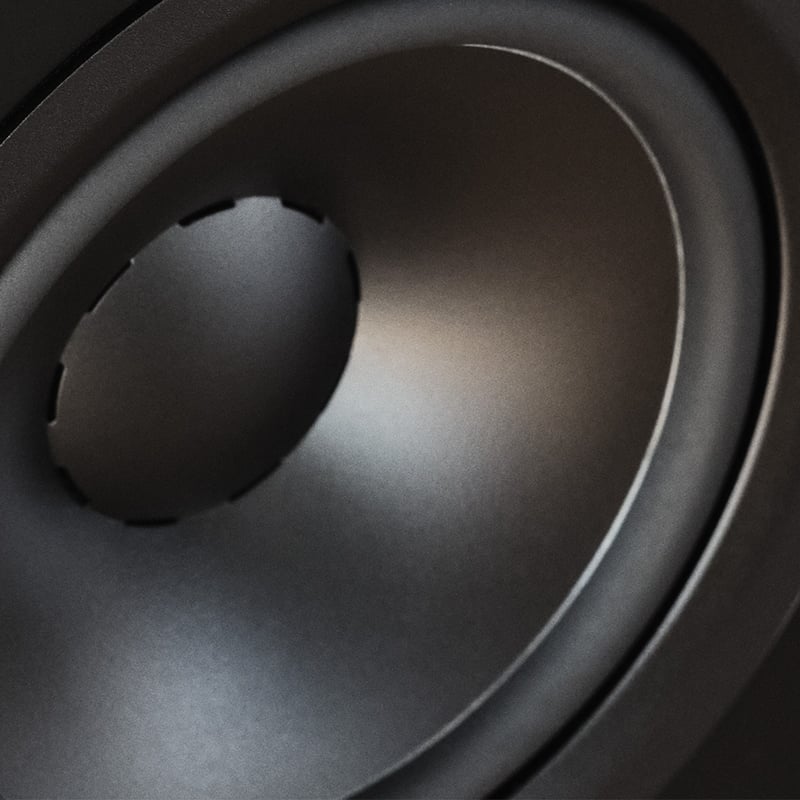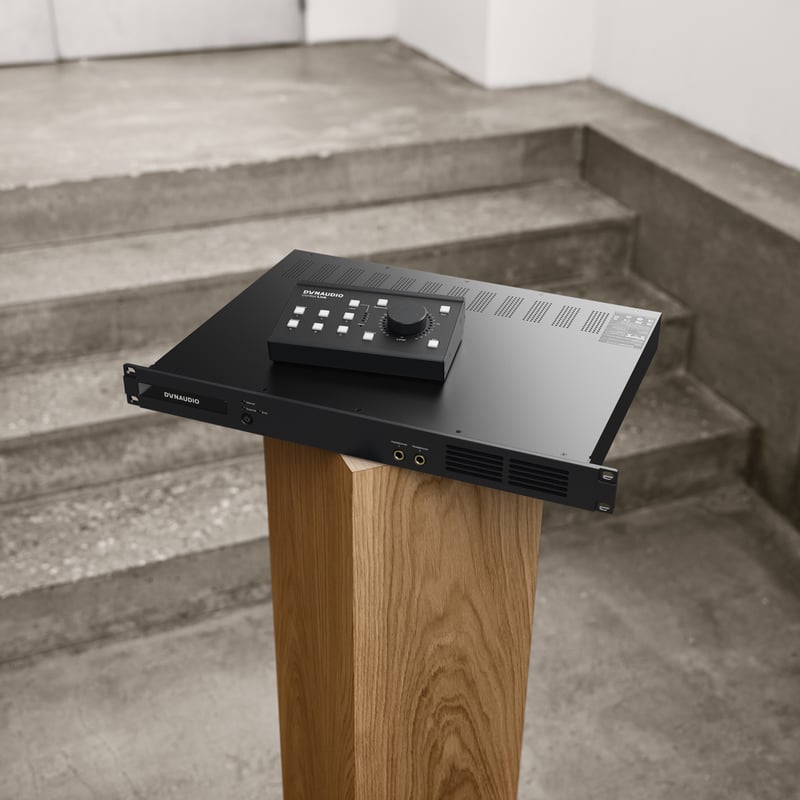A music buff since birth
I sat down with our Chief Commercial Offer, Claus P. Rasmussen, to talk about his passion for LP records and turntables as the chosen source for playback of music, he’s fascination with the medium, and pick his brain for advice for someone new to the turntable-game. Claus has not only been an avid record collector for most of his life, but has also worked professionally with high performance turntables.
When did your interest in turntables and vinyl begin?
I have been a music buff since birth and started buying vinyl at the age of thirteen. For a short period in my professional career, I even had the pleasure of working with high quality turntables professionally. From the first record, I have been hooked and I remained faithful to the format even when most music lovers abandoned it and sales rather quickly declined. Well, let’s face it, it almost disappeared. But it was when the interest had almost disappeared I managed to do some of my best purchases and bargains.
If I am not buying a new or unused record, I at least want it to be in very good condition – I am very critical about this. But the thing that really matters is the music and finding what I am looking for at the time; a particular artist, a particular album and preferably the original pressing instead of a later re-release.
Today, we’re obviously seeing a renaissance for vinyl and I think it is fantastic. I fear it might stop at some point and begin to recede again. But for now, we should all just really just enjoy that vinyl has made its comeback. For us vinyl lovers, there are suddenly new records to dig through again – not just re-releases of old discs that have been around for ages.
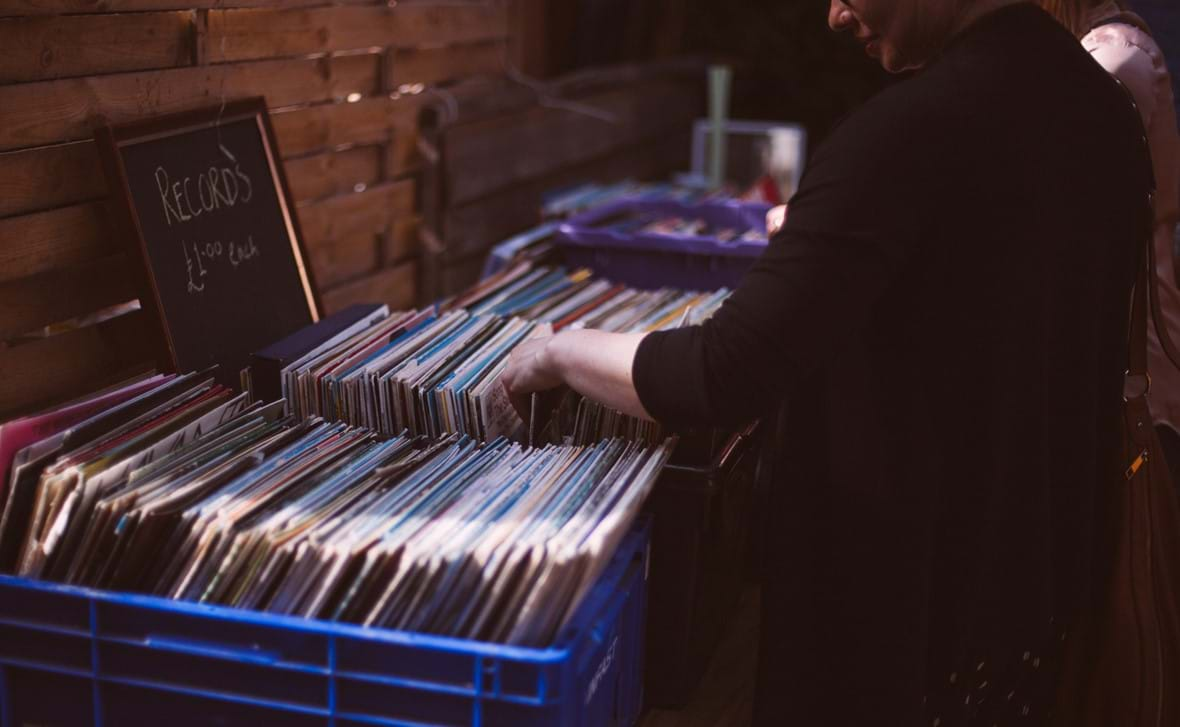
Streaming is a tough business
Why do you think we’re seeing this renewed interest in releasing vinyl records?
Honestly, I don’t think it’s because of consumer demand; it plays a part no doubt. In my mind, it's driven by record companies who have realized streaming is a tough business. They spend time and money recording an entire album, but people only buy 2-3 songs from it on iTunes for instance.
No, they have realized that there are still many enthusiasts like me, who are prepared to buy an entire release on vinyl because it’s something tangible …something we can hold in our hands and admire with our friends – it also helps that we can read the liner text without our glasses on…
What do you mean with admire?
My fascination with vinyl and turntables really comes down to two things: one, the sound quality can be absolutely stunning on a high-performance playback system; arguably better than any system using a digital source. Secondly, you are dealing with something that’s tangible compared with music files on your computer. Putting on an album on your turntable is an enjoyable ritual and you can hold the album cover in your hand and read the liner notes while the record is playing. It is the whole process that provides satisfaction.
You wouldn't skip a chapter in a book
Don’t get me wrong. Both the digital and analogue source formats have their place. It doesn’t get any more convenient than streaming music and due to stronger internet connections, the quality is quickly getting better. But, when I want to actively listen – to sit down and enjoy the music uninterrupted as opposed to merely listening to background music - I prefer vinyl every time.
The format forces you to listen to an entire piece of music as the artist intended you to do. I don’t believe that any artist wanted you to jump between tracks and skip some completely. To me, the sequence of the music and the “storytelling” are important elements. I usually compare it to reading books: “would you jump between chapters or even skip one?” I don’t think so.
So, listening to vinyl is much more about experience than consumption, right?
It is. With streamed music, we tend to be very impatient. We skip tracks all of the time, jump between songs in the middle of them, and who knows what else. Just because we can. However, with vinyl there’s a ritual to it: you find the record you want to listen to, prepare the disc, put it on and make sure everything is just right, and then you sit down and actively listen to it.
And that means you listen to all of it – even to track number three that you don’t really like. This makes it an entirely different way to experience music and it lets you digest the music much better. Three weeks later, you find out that track three – the one you didn’t like – is actually your new favourite track. The track just needed time to unfold and reveal its meaning to you.
A mechanical playback device
Convenience is fantastic. But, sometimes we forget that it’s about the hassle. That it’s about the art and that we need to do our part to experience it. Because when we do that exact effort, we get so much more enjoyment out of it.
You talked about the tangible nature of vinyl, Claus. And I guess that’s also part of the fascination with turntables, right? There’s something visual about them compared with a CD-player or streaming box.
Definitely. A turntable is a mechanical playback device and I think people have always been fascinated with the mechanical. It is somehow easier to relate to and be fascinated by. We can see where the designer/manufacturer spent the money, time, and effort. We can see the disc spinning, the cartridge reading the groove, and we know exactly where the music is recreated. You get a special connection to the original recording session. There’s a lot of pride of ownership with turntables and vinyl.
With a turntable, getting the cartridge to pick up everything that is in the record groove is the real challenge. To do so, the deck and the tonearm have to give the cartridge optimal working conditions. Playback of a record is a mechanical process; the vibration of the stylus when tracking the record groove creates an electrical signal that is amplified and converted into sound.
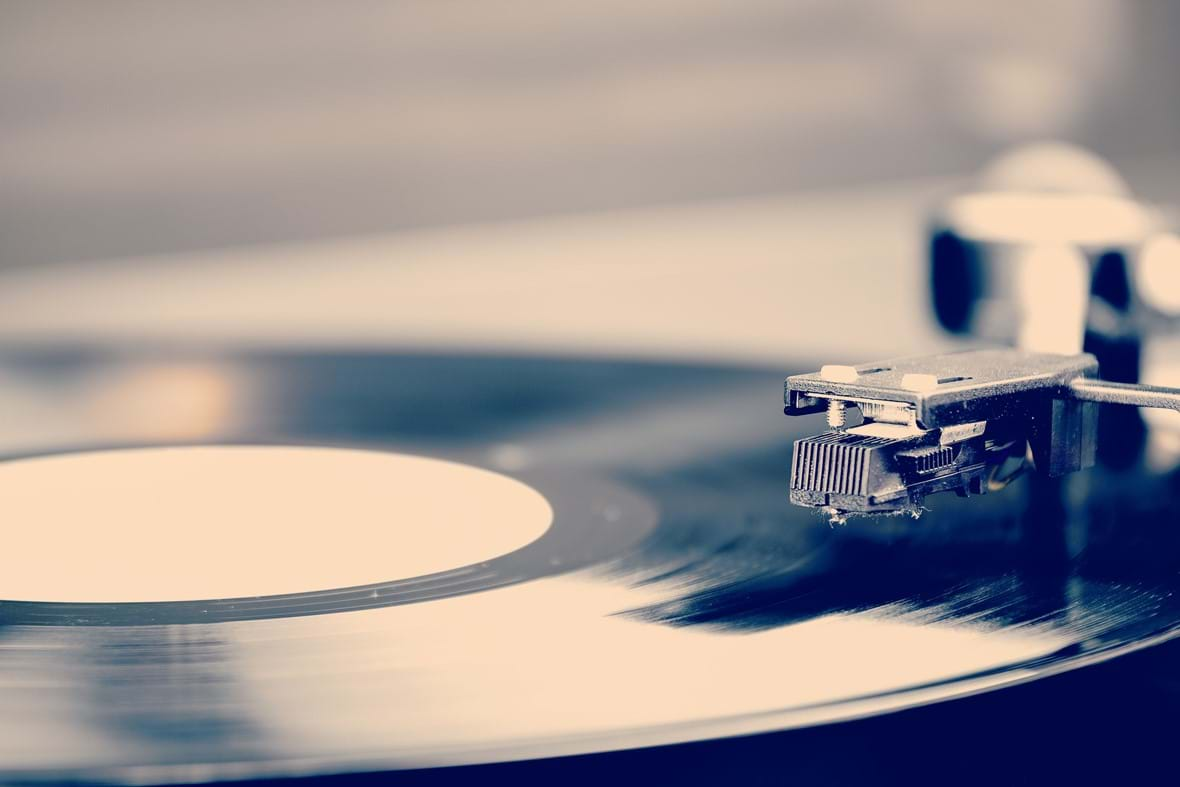
The romantic record
You don’t want the cartridge to be affected by vibrations generated in the external environment; whether it is the musical energy coming from your loudspeakers or someone walking on the floor. Also, you have to remember that when the cartridge is vibrating, it also sends vibrations back into the record, which you want to get rid of quickly and effectively. If you don’t, the stylus will read these vibrations in addition to the musical information hidden in the grooves.
When some people refer to that “romantic” record player sound, it is because they have been listening to a less than excellent player where the cartridge has not been given good working conditions and is tracking loads of micro vibrations in addition to the musical information. In other words, the “romantic” sound is merely a form of distortion.
Yes, you could possibly build a turntable in your shed that would work. I see several dubious manufacturers doing just that. But creating a genuine high-performance turntable requires science, skill, know-how, and an intimate understanding of the physics and mechanics involved – just as with loudspeakers. Just as with amplifiers and loudspeakers there are companies out there producing really great products. But sadly, there’s also a lot of bad quality.
If I was in the market for a new turntable, what advice would you offer me? How do I make sure I end up with something that’s quality gear?
Start by looking for recognized and established brands. As mentioned, it takes a lot of know-how to create really good turntables. Do your research: look into different brands and models, compare them, talk to other enthusiasts, and look for reviews on trusted sites.
Start with a superb deck
Spend the biggest portion of your budget on the deck itself. The deck is the foundation and has a bigger influence on the final sound quality than the tonearm or the cartridge. Without a strong foundation, the tonearm and cartridge can’t perform at their best. In other words, a superb deck with a lesser tonearm and cartridge will always outperform a lesser deck with a better tonearm and better cartridge. I know many will be surprised by this, but this is my clear experience.
While I have my own strong personal preference for a so-called suspended deck with a fixed bearing tonearm and a moving coil cartridge, I accept that there are other very well sounding solutions on the market.
If you are new to turntables, I would also recommend that you get help with getting the geometry right and setting up the turntable properly. I have always done it myself, and it is not hard. But you need to know what you are doing and you need some patience. A good dealer will do this for you.
Gotcha. I need to look for a good turntable and a pair of speakers that don’t colour the sound. Anything else?
Yes, definitely, but you also need to make sure you have the appropriate amplification. You see, a cartridge produces an electrical signal that’s very weak and it requires a dedicated, strong, low noise and non-linear amplification.
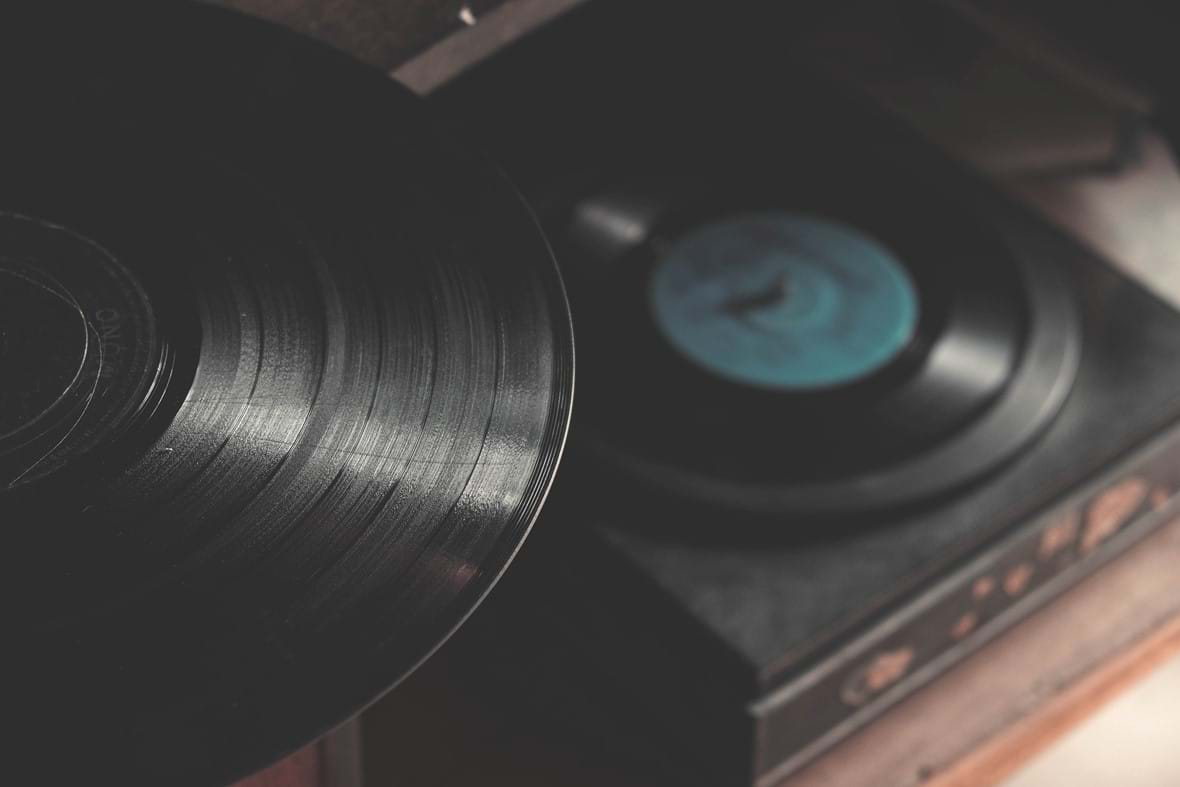
Turntable with passive speakers
The non-linear amplification is due to the so-called RIAA equalization curve which de-emphasizes the bass notes during recording, allowing closer spacing of record grooves and hence more playing time. It also boosts the high frequencies so the playback mirror image correction reduces surface noise. On playback, the cartridge pre-amplifier reverses the RIAA curve to flatten out the frequencies again - restoring the bass notes to normal and reducing the high frequencies to normal while reducing the inherent background hiss produced by the stylus contacting an imperfect vinyl surface.
Some amplifiers do have a dedicated phono cartridge signal input option, but you can also choose to buy a separate, dedicated phono pre-amp designed specifically for handling the very delicate phono cartridge signal. If you are serious about your vinyl, I would always recommend this option.
Okay, for my sake, can you go through it one more time? If I want to get started with vinyl and passive speaker, I would need?
With passive speakers, you need to get the traditional type of amplification for your loudspeakers as always. You could go for either an integrated amplifier solution with both a pre- and power-amp module in one or buy pre-amp and power-amp separately. There are plenty of good solutions for both.
Turntable with active speakers
You also need the turntable for your vinyl records. But, you must have special amplification for the weak phono output signal from the cartridge. Some pre-amplifiers do have a phono input. If yours doesn’t – or you feel it’s not good enough – you should obtain a dedicated phono amplifier. Connect it all using quality cables and you are good to go. And yes, I do have my own preferences, but there is an abundance of options on the market.
What if I wanted to cut down on some of the boxes and go for active speakers instead?
The wonderful thing about active speakers is all of the opportunities they give us: tailor made amplification for each driver, ability to play around in the digital domain, and in many cases wireless music transfer.
But, even though they have built-in amplifiers you still need to make sure they have a phono input option for the cartridge. Active speakers will amplify a line-level signal, but not the phono signal you get from a turntable. That means you need to buy a phono pre-amp to go between the turntable and your speakers. You can also hook up the phono pre-amp to a wireless box and add some flexibility to the system that way.
Many vinyl record purists will be horrified at the idea of digitizing your analogue signal - and I myself prefer not to -, but the objective here is not to preach but rather ensure more music lovers get to experience and enjoy the wonderful world of vinyl records.
No matter what you choose always remember that an audio playback system is a chain and that no chain is stronger that its weakest link. A good audio system consists of components that are well matched and work well together. Just like a good car consists of an engine, gearbox and chassis that are matched to work well together.
This is your chance to ask a question
Ask away...
In the next episode of Ask the Expert, Claus P. Rasmussen is ready to answer any questions you have about integrating turntables with loudspeakers. This is your opportunity to ask the question you’ve been burning to get answered. Head on back to Facebook and post your questions, and we will fit as many as possible into the next episode of Ask the Expert. Make sure to follow us on Facebook, YouTube and sign up for our newsletter to get notified as soon as it airs.
Sign up to get more great articles
Nothing compares to the satisfaction of knowing – for a fact – that something is as good as it gets




